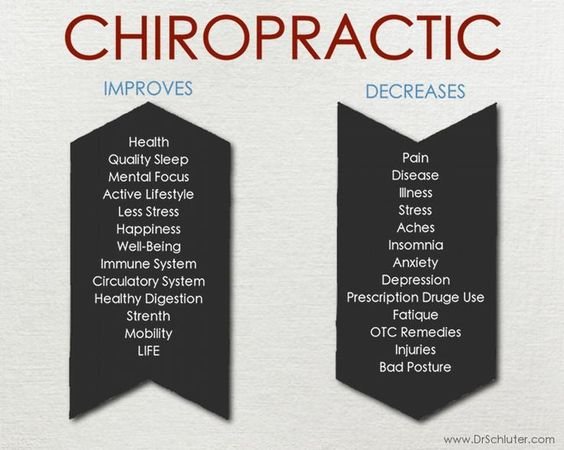A Day In The Life Of A Back Pain Sufferer: Tips For Taking Care Of Pain At Work
A Day In The Life Of A Back Pain Sufferer: Tips For Taking Care Of Pain At Work
Blog Article
Write-Up Author-McKenzie Frisk
Think of navigating through your day with a continuous suggestion of pain remaining in your back. The battle to find alleviation while handling tasks can be daunting. Nevertheless, with the appropriate techniques in place, managing your pain in the back at work can be much less of a burden. By making basic modifications to your office and including targeted practices, you can take control of your discomfort and improve your productivity. Stay tuned to uncover practical ideas that might make a considerable distinction in your day-to-day work routine.
Common Triggers of Pain In The Back
When it involves managing pain in the back at the workplace, understanding the usual triggers is vital. Poor position ranks high amongst these triggers. Sitting hunched over at your desk for extended periods can stress your back muscles and result in discomfort.
Lifting heavy objects inaccurately is one more offender. Bear in mind to flex your knees and utilize your legs, not your back, when lifting to avoid unneeded pressure.
Absence of movement throughout the day can also add to pain in the back. Make https://www.theladders.com/career-advice/everything-you-need-to-know-about-becoming-a-chiropractor to take short breaks to stretch and walk, as extended sitting can intensify pain.
Furthermore, stress and anxiety is a significant trigger for pain in the back. High tension levels can cause muscle stress, particularly in the back area, causing pain. It's vital to locate healthy ways to take care of stress and anxiety, such as deep breathing workouts or mindfulness methods.
Last but not least, inadequate functional designs in your office can also bring about pain in the back. Guaranteeing your chair, workdesk, and computer configuration are ergonomically pleasant can make a significant distinction in decreasing stress on your back.
Ergonomic Workstation Configuration
To produce a workspace that supports your back health and lowers the danger of discomfort, concentrating on an ergonomic workstation arrangement is essential.
Begin by adjusting your chair to make sure that your feet are flat on the floor, knees are at a 90-degree angle, and your lower back is sustained by the chair's lumbar support.
Guarantee your computer display goes to eye degree to avoid straining your neck and shoulders.
Setting your keyboard and computer mouse close to you to prevent reaching and straining your arms.
Take routine breaks to stand up, stretch, and walk to minimize rigidity and promote flow.
Consider utilizing a standing desk or a desk converter to alternative between resting and standing throughout the day.
Remember to keep often made use of products within arm's reach to stay clear of twisting or overreaching.
Active Techniques for Pain Alleviation
Searching for methods to proactively alleviate back pain while at the workplace? Incorporating austin preferred integrative medicine, bee cave rd, austin, tx yet reliable approaches can help relieve pain and enhance your efficiency. Start by taking short breaks throughout the day to stretch and move around.
Mild exercises like shoulder rolls, neck stretches, and standing hamstring stretches can loosen up limited muscle mass and reduce stress. Furthermore, exercising excellent stance is crucial for decreasing neck and back pain. Stay up right, change your chair to sustain your reduced back, and keep your feet flat on the floor.
Participating in normal exercise beyond work can also contribute to pain alleviation. Tasks such as walking, swimming, or yoga exercise can enhance your back muscles and boost adaptability, leading to better pain monitoring over time. Remember to remain hydrated and preserve a healthy and balanced diet regimen to support general spinal column health and wellness.
Moreover, consider using ergonomic tools like lumbar paddings or standing workdesks to promote appropriate alignment and decrease stress on your back. By proactively including these approaches into your day-to-day regimen, you can proactively take care of pain in the back and improve your convenience at the workplace.
Final thought
In conclusion, by carrying out these proactive methods at work, you can properly manage your pain in the back and boost your overall health. Remember to produce an ergonomic workstation setup, take normal breaks to stretch, take part in gentle exercises, and maintain great posture. With these suggestions, you can minimize the effect of back pain and make your workday a lot more comfy and effective. Stay positive and take care of your back to feel better at the workplace.
